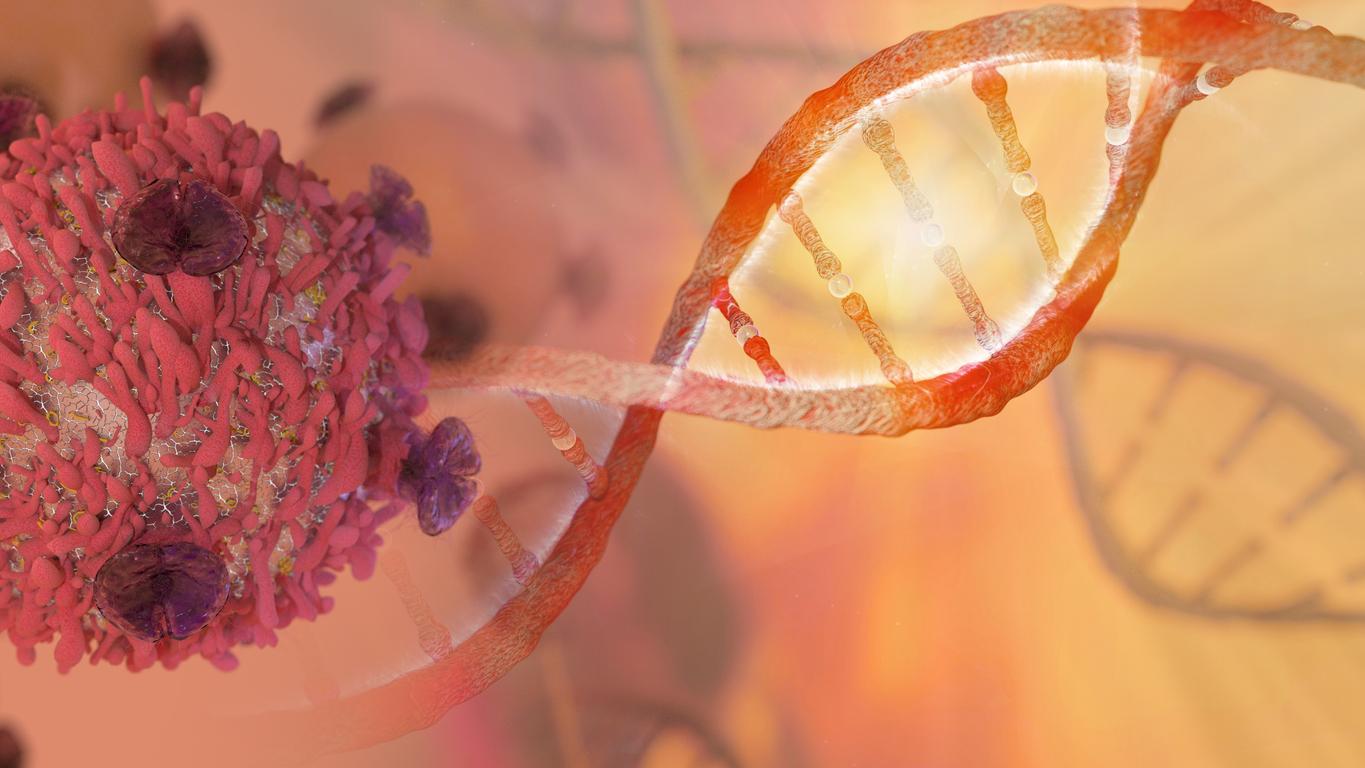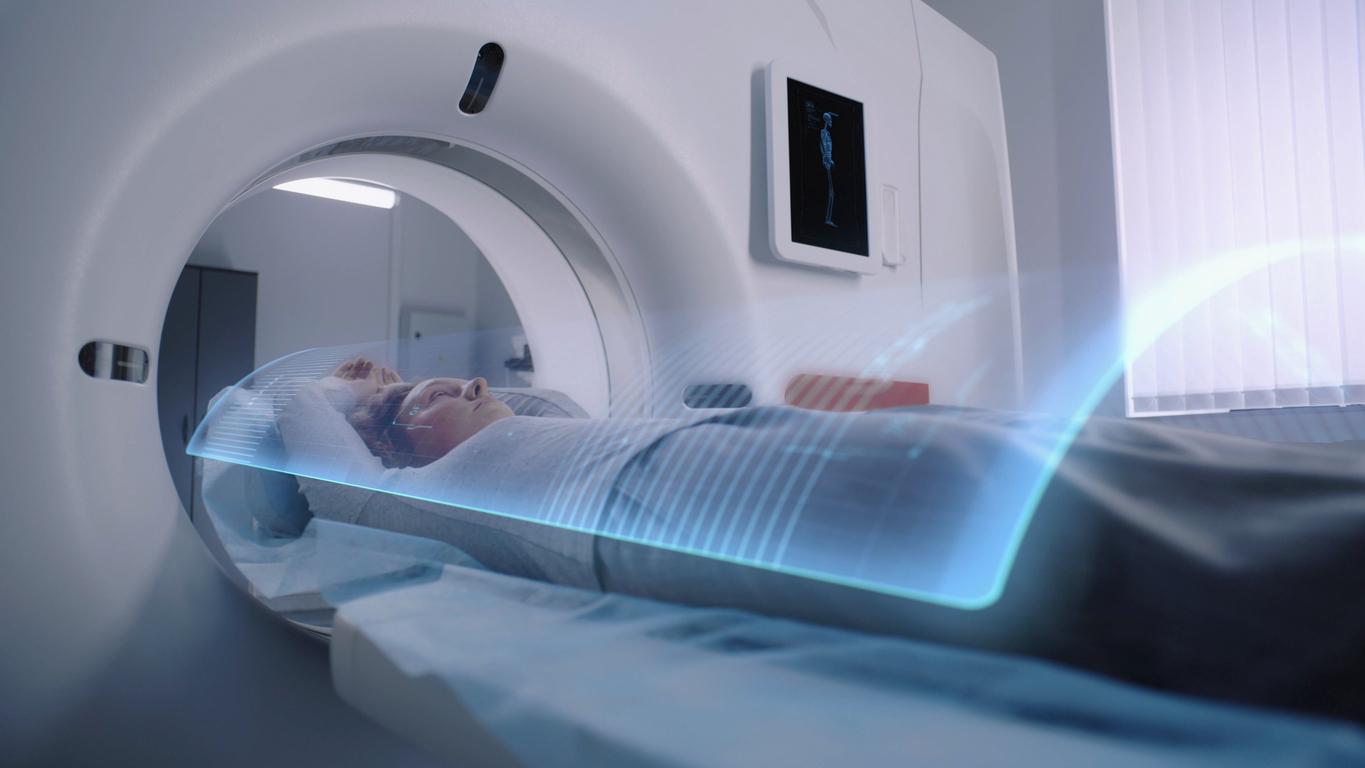Five years after Fukishima, two NGOs publish a report warning of the significant increase in the number of cancers linked to radiation, from 10,000 to 66,000 cases.

On the eve of the sad five-year anniversary of the Fukishima disaster, two organizations of doctors fighting against nuclear power publish an alarming report. It stipulates that the number of cancer cases could increase from 10,000 to 66,000 in the coming years, half of which would lead to death.
“The public health fallout from Fukushima will haunt Japan for years to come and this legacy should not be shoved under the rug by supporters of nuclear power,” said Dr Catherine Thomasson, co-editor of the report and Director of Physicians for Social Responsibility (PSR).
PSR and International Physicians for the Prevention of Nuclear War (IPPNW), two organizations lobbying against civilian and military nuclear power, say the figures are edifying. In Fukushima prefecture, 116 children are already victims of aggressive forms of thyroid cancer. Normally, in a comparable population, there should only be one, say PSR and IPPNW.
Underestimated official figures
In addition to the inhabitants, 25,000 rescuers received considerable doses of radiation. TEPCO, the operator of the Fukushima plant, announces that among them, 100 are expected to contract cancer, which is fatal for half of them. Statistics undoubtedly largely underestimated, according to the authors of the report, related to the lack of scruples that the company has when it comes to tampering with the data. TEPCO could in particular have excluded all temporary workers from its statistics.
With TEPCO, the Japanese health authorities are also singled out. “Apart from the incidence of thyroid cancer in children in Fukishima Prefecture, Japanese authorities have not launched any other large-scale scientific investigation into radiation-related illnesses,” the report read. . “They did not study the increase in cases of miscarriages, fetal malformations, leukemias, lymphomas, solid cancers or non-cancerous tumors, which increased significantly after Chernobyl. “
.

















